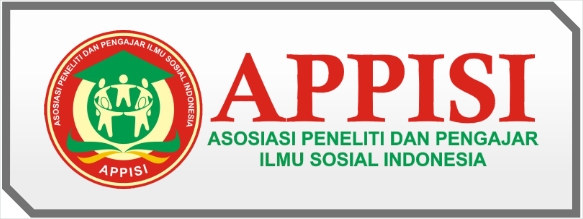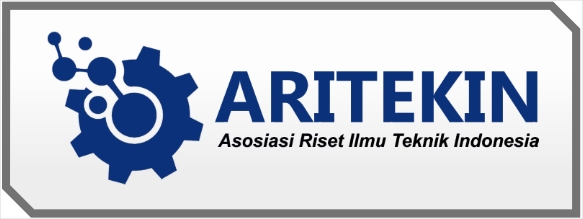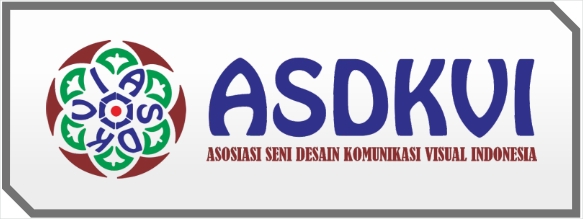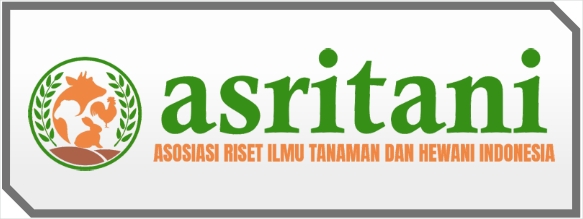Penyertaan Modal Usaha Dalam Melanjutkan Usaha Warung Kelontong Single Mother di Jakarta Selatan
DOI:
https://doi.org/10.59581/jphm-widyakarya.v2i2.3709Keywords:
Single Mother, Dhuafa Family, Equity Participation, Jakarta SelatanAbstract
Single mother are women who are supporting their children alone due to divorce, death of a spouse, or the decision to give birth without a partner. They face huge challenges in managing finances and household responsibilities. BPS 2013 data shows that there are more single mothers in Indonesia than single fathers (14.84% vs. 4.05%). This research examines the case of Mrs. Kiki, a single mother in Pondok Pinang, South Jakarta, who runs a stall after her husband passed away. We provided business capital assistance to expand her business. This step is part of our efforts to support economic empowerment and create a more independent and prosperous community. Economic empowerment is one of the important aspects in empowering the poor
References
Layliyah, Z. (2013). Perjuangan hidup single parent. Jurnal Sosiologi Islam, 3(1), 90. https://adoc.pub/perjuangan-hidup-single-parent.html
Nilasari, B. M., Simanjuntak, L. R., Rimbawanto, N. A., & Rahmawati, U. N. (2023). Counseling on leadership and innovative behavior for women’s groups assisted by the Cempaka Wangi Foundation, Bintaro. Community Empowerment, 8(6), 901–907. https://doi.org/10.31603/ce.8598
Rahayu, A. S. (2018). Kehidupan sosial ekonomi single mother dalam ranah domestik dan publik. Jurnal Analisa Sosiologi, 6(1). https://doi.org/10.20961/jas.v6i1.18142
Sari, I. P., Ifdil, I., & Yendi, F. M. (2019). Resiliensi pada single mother setelah kematian pasangan hidup. SCHOULID: Indonesian Journal of School Counseling, 4(3), 78. https://doi.org/10.23916/08411011
Setiawati, T. (2012). Perempuan pemimpin yang sukses di berbagai profesi: Tantangan dan harapan. 1–20.
Wardoyo, S., Mukhlasin, A., & Ridlo, A. (2020). Nilai-nilai pendidikan akhlak kepada kaum dhuafa (Perspektif Al-Qur’an Surat An-Nisa Ayat 36 Tafsir Al-Maraghi). Qalam: Jurnal Pendidikan Islam, 1(2), 288–307. https://doi.org/10.57210/qlm.v1i2.37
















